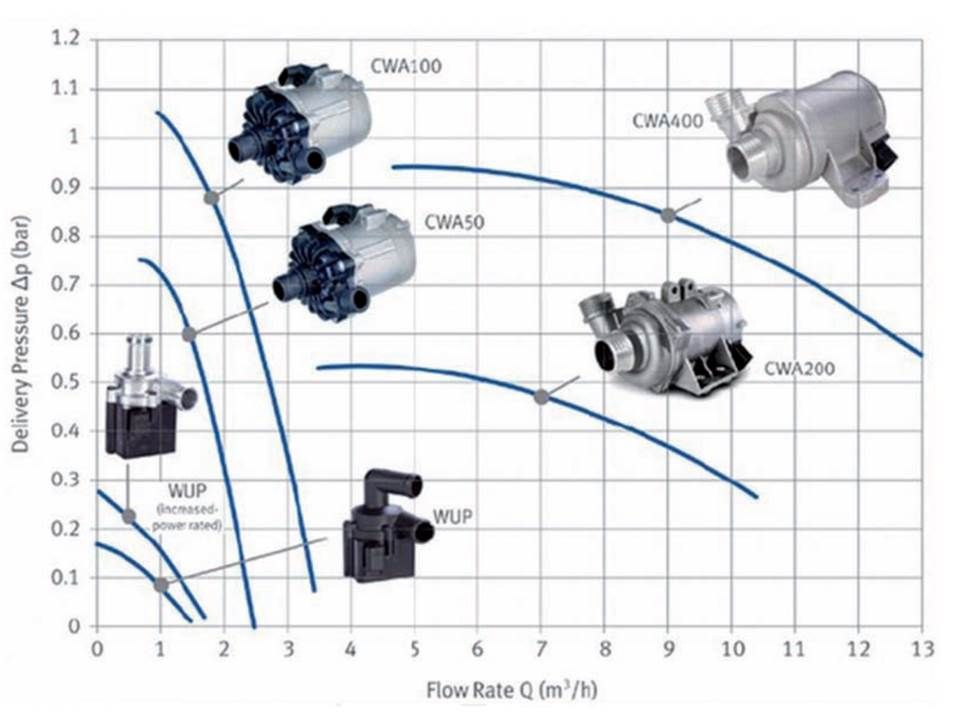Anyone ever use one of these? 35 GPM and wondering if it is shorter than stock set up as I am doing a Kirk Evans Bulkhead reduction as well when motor is out and being re built/powered up and 8 stacked!!.
Attachments
Original Post
Replies sorted oldest to newest
100 GPM is 1-1/2 gallons per SECOND!!!...quote:Originally posted by David_Nunn:
According to Stewart Components, a "typical" engine flows 100 GPM of coolant! That sounds like a lot of coolant to me but Stewart Components know what they're talking about. Most NASCAR teams use their water pumps.
They make a 55 GPM electric pump; however, they state it's only suitable to be used as a booster pump; not as an engine's primary water pump.
quote:Originally posted by ItalFord:
I read a long time ago that Edelbrock dyno's their water pumps. I wonder if someone can contact them and ask if they can share that data?
quote:Originally posted by PanteraTurbo:
Just out of curiosity has anyone ever measured the head pressure in a pantera with a known pump?
We have the technology!!! I will weld in some bungs to the water pipes when I do my new setup. Its quite easy for me to measure as I have plenty of fluid sensors kicking around and an ECU that can read the differential. Wont happen for a few months anyway.quote:Originally posted by JFB #05177:
another "I can't believe"! IF I had been interested in Panteras during the period when I was capable, I would have had to measure this, especially given the redoric I've seen recently about the inadaquancies of the original cooling system
even though the flow rates do approach 100 gpm at high rpms, I would wonder how much flow was truelly needed and would be concern that "overheating" could occur with those expected flows due to actual flow being less due to cavatation influanced by actual system head lossed
